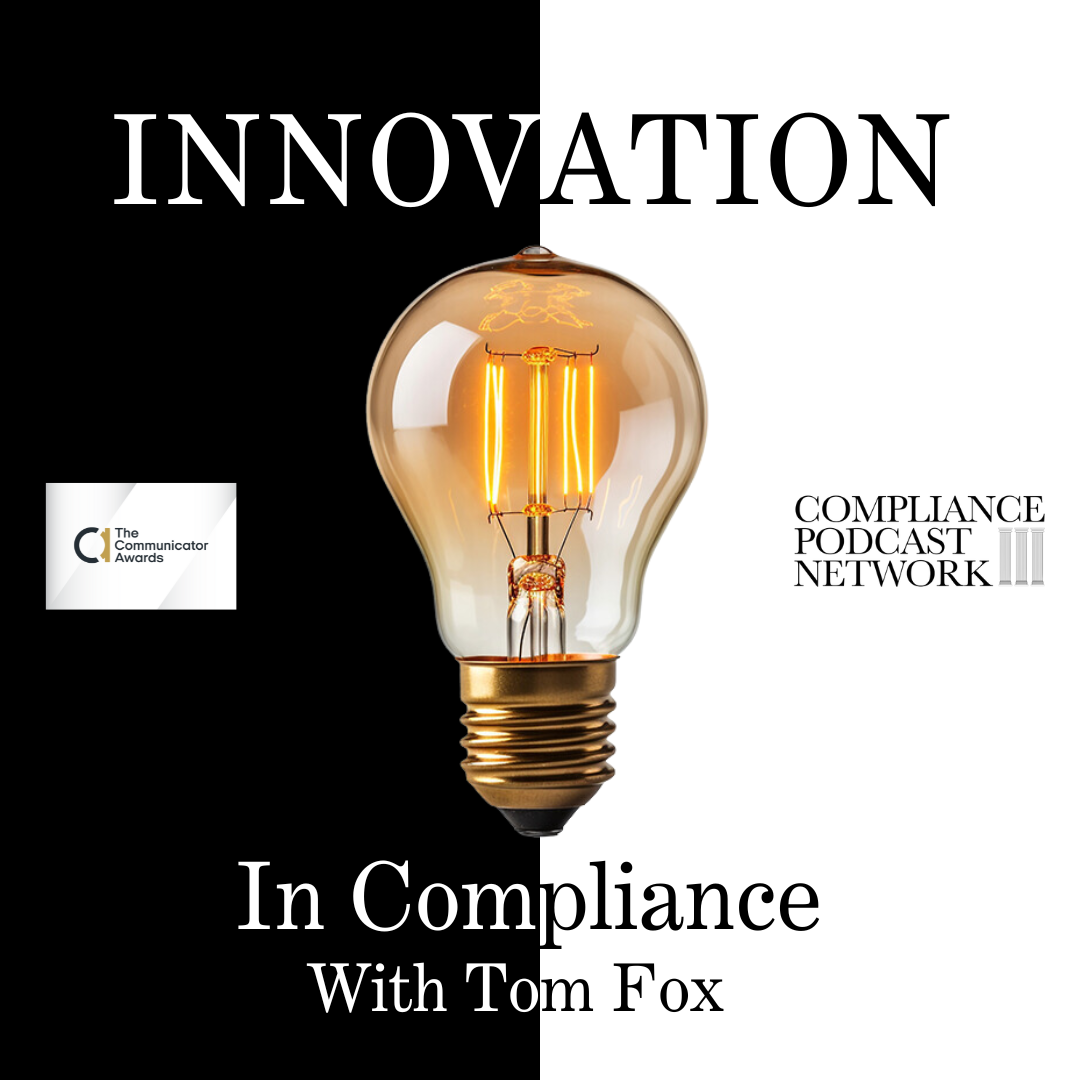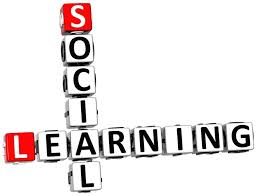In the modern corporate environment, compliance must transcend its traditional role as a set of rules and regulations. Instead, it should be reimagined as a product—something employees actively choose to engage with daily. Inspired by product design principles, this approach positions compliance as a value-driven offering that meets employee needs while supporting organizational integrity.
In an HBR article entitled Reimaging Work as a Product, authors Eric Anicich and Dart Lindsley ask if there is a better way to approach the employee experience. The authors challenge traditional paradigms by proposing that work be viewed as a product employers offer employees. They advocate that reimagining work as a product addresses the disengagement and dissatisfaction rampant in the workforce and aligns employees’ needs with organizational goals. I have adapted their piece for a compliance audience.
This concept is about something other than making compliance easier. Instead, it is about making it indispensable and aligned with employee motivations. By redesigning compliance as a product employees “purchase” with their engagement, compliance professionals can enhance participation, foster a culture of ethics, and drive long-term success.
It all begins with why compliance must be seen as a product to be delivered inside an organization. Compliance often needs help to capture employee attention. Mandated training modules and periodic policy updates can feel disconnected from day-to-day work. Employees may view compliance as a checkbox task rather than a meaningful element of their roles. Yet, disengaged employees pose significant risks, from regulatory violations to ethical breaches.
Reimagining compliance as a product addresses these challenges. Like any successful product, compliance should do such things as (1) solve employee pain points, (2) offer clear and personalized value, and (3) foster ongoing loyalty and engagement. How can compliance move to this approach or at least be seen?
The Product Design Approach to Compliance
- Understanding Why Employees “Hire” Compliance.
Drawing on Clayton Christensen’s Jobs to be Done theory, employees engage with compliance to fulfill specific personal, professional, or organizational needs. Some examples of compliance jobs are reducing risk for a corporation and its employees, as everyone wants protection from liability or disciplinary action. Compliance enables growth and profitability, as more effective compliance = more efficient business process = greater profitability. Finally, compliance aligns with the values of almost all employees, as they want a workplace that mirrors their ethics.
This approach has another benefit for the compliance function. It requires an assessment of your organization from a cultural perspective. In the 2024 ECCP, the DOJ made clear that companies must use data to help manage their corporate culture. The information gleaned will also help the corporate compliance professional understand what the employees want and need from a compliance solution. You can use these insights to craft messaging that positions compliance as a solution to their unique challenges.
- Segmenting Compliance Customers
Not all employees interact with compliance in the same way. Tailoring the compliance product to different groups ensures it resonates broadly. Just as the DOJ mandates tailored training and communications, you can tailor the delivery of compliance solutions for your employees. This can include using the Customer Segments in your organization, such as new employees, who will need a greater foundational understanding of policies and reporting channels. For managers, it could require advanced training on fostering ethical cultures, monitoring compliance, and learning how to the first intake in a speak-up culture. Finally, there will be employees in your organization who, because of their specialized roles, will require targeted knowledge, such as export controls for logistics teams or anti-bribery rules for sales.
The compliance professional can work to create tiered compliance offerings. For instance, beginner courses for new hires, role-specific modules for specialists, and leadership workshops for managers. This is also true for the targeted communications you use on a more regular basis for employees. For instance, more communications on facility payments could be a useful service for employees who travel internationally.
- Balancing Employee Needs with Compliance Requirements
While compliance professionals must meet regulatory demands, they can still design programs that respect employee time and preferences. There are some easy ways for a compliance professional to not only think about this step but also act on it. You can consider the modular design of your compliance training by breaking it into smaller, digestible segments that employees can complete at their convenience. Interaction can also drive engagement, so consider using interactive formats such as gamification, simulations, or role-playing to make compliance training engaging and memorable.
Your first step should be to use analytics to identify bottlenecks in compliance processes. If employees find certain tasks burdensome, redesign them with user-friendly tools or workflows. From there, take the information and craft a solution that meets the users’ needs, not just those from the compliance department. As Carsten Tams continually reminds us, it’s all about the UX.
Measuring the “Success” of Compliance as a Product
Successful products are evaluated by customer satisfaction and retention. Similarly, compliance success should be measured by how effectively it engages employees and fosters a culture of ethics. As Megan Daugherty also reminds us, it is about the numbers. So, what are your metrics for compliance engagement? What are your adoption rates? How many employees complete optional compliance training or use reporting tools? Equally important are your retention rates. You must determine if your company’s employees consistently follow compliance protocols. Finally, go outside the box with something like the Net Promoter Score (NPS), which helps you determine how likely employees are to recommend their company’s compliance program to peers.
There are multiple tools you can use for feedback. You can use a Pulse Survey, which gauges employee perceptions of compliance processes. You can use Focus Groups to explore pain points and opportunities for improvement in depth. You can use behavioral data garnered through monitoring adherence to compliance requirements through key performance indicators (KPIs). Finally, tools such as the Culture Audit can provide both a benchmark and framework to help compliance professionals understand the state of their culture and how to assess and improve it.
Addressing Challenges in Compliance Product Design
There will be challenges in taking this approach. Some key (and early) challenges will include overcoming resistance, particularly from employees who view compliance simply as an obligatory burden. Yet framing compliance as a resource, not a restriction, highlights how it protects employees, supports their career goals, and aligns with organizational values. Another employee concern could be balancing personalization with fairness, as some employees might view personalized compliance experiences as creating perceptions of favoritism. The solution should be to set clear criteria for personalization, such as role-specific training requirements, and communicate them transparently to avoid misunderstandings.
Finally, the biggest challenge will be to change the Tone at the Top by shifting your senior leadership’s mindsets. Typically, senior management prioritizes short-term goals over longer-term compliance initiatives. Here, you can quantify the value of compliance. For example, demonstrate how ethical lapses affect revenue, reputation, and employee retention to gain leadership buy-in.
Practical Steps for Redesigning Compliance as a Product
You should begin mapping the compliance journey by identifying key touchpoints, such as onboarding, annual training, and reporting. From there, look for pain points where employees disengage and redesign those interactions. Feedback loops can be useful to share survey results with employees to show that their input shapes compliance initiatives. Compliance Champions can work to empower managers and ethical leaders to advocate for compliance within their teams. Always remember to celebrate employees who model ethical behavior as brand ambassadors for compliance. Finally, in 2024, leverage technology by implementing AI-driven dashboards to monitor real-time compliance risks and engagement. Another key tool is chatbots, which provide instant answers to employee compliance queries.
Building a Compliance Product Employees Choose Daily
Reimagining compliance as a product transforms it from a mandate into a partnership. Compliance can become a trusted ally in the workplace by delivering value, fostering engagement, and respecting employee needs. This approach not only enhances compliance outcomes but also strengthens the ethical fabric of the organization. So, as Carsten Tams says, It’s all about the UX: are you treating compliance as a product employees want to engage with? The time has come to innovate compliance for the modern workplace, making it a cornerstone of trust, integrity, and success. Work to build a compliance program employees want to subscribe to every day.









